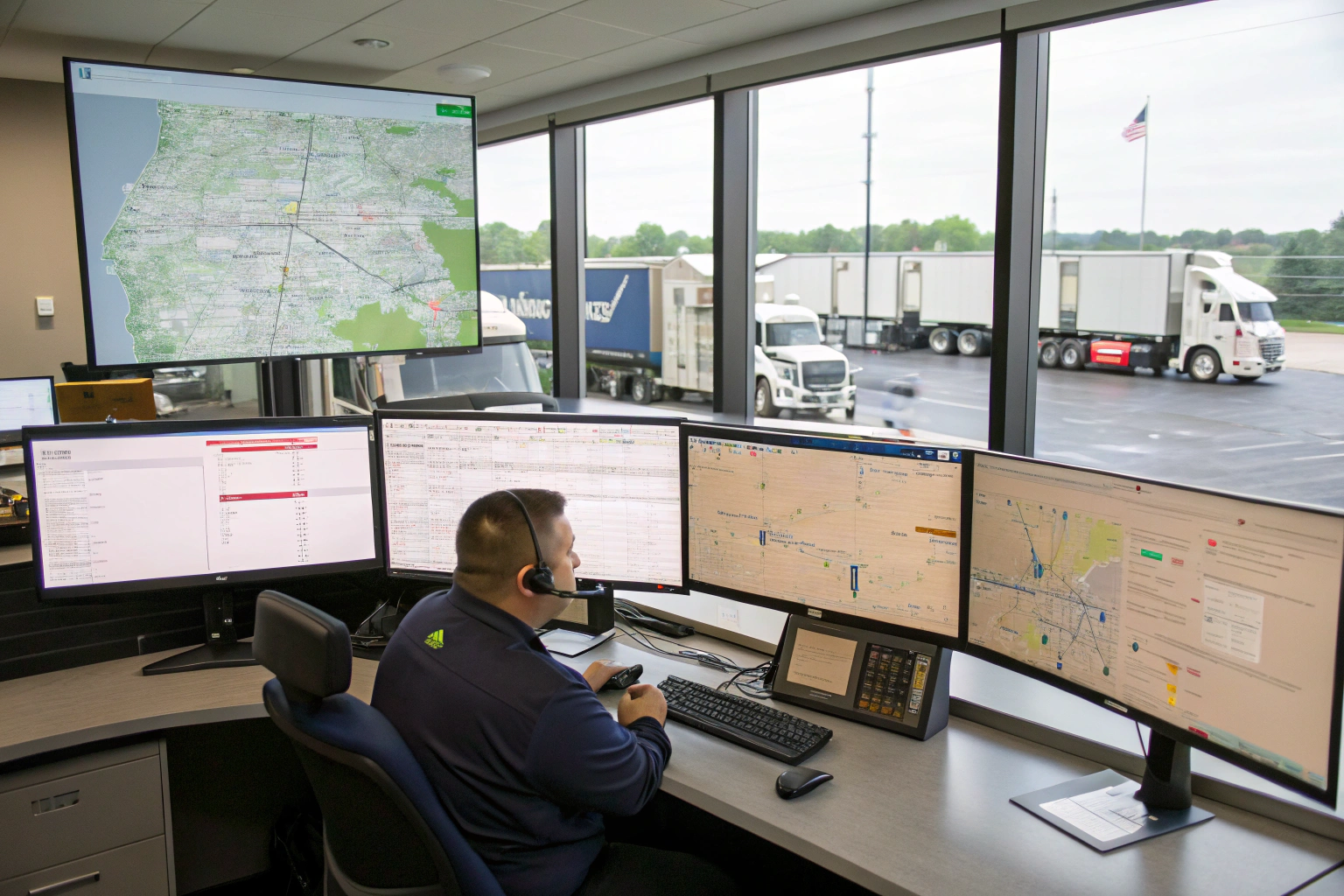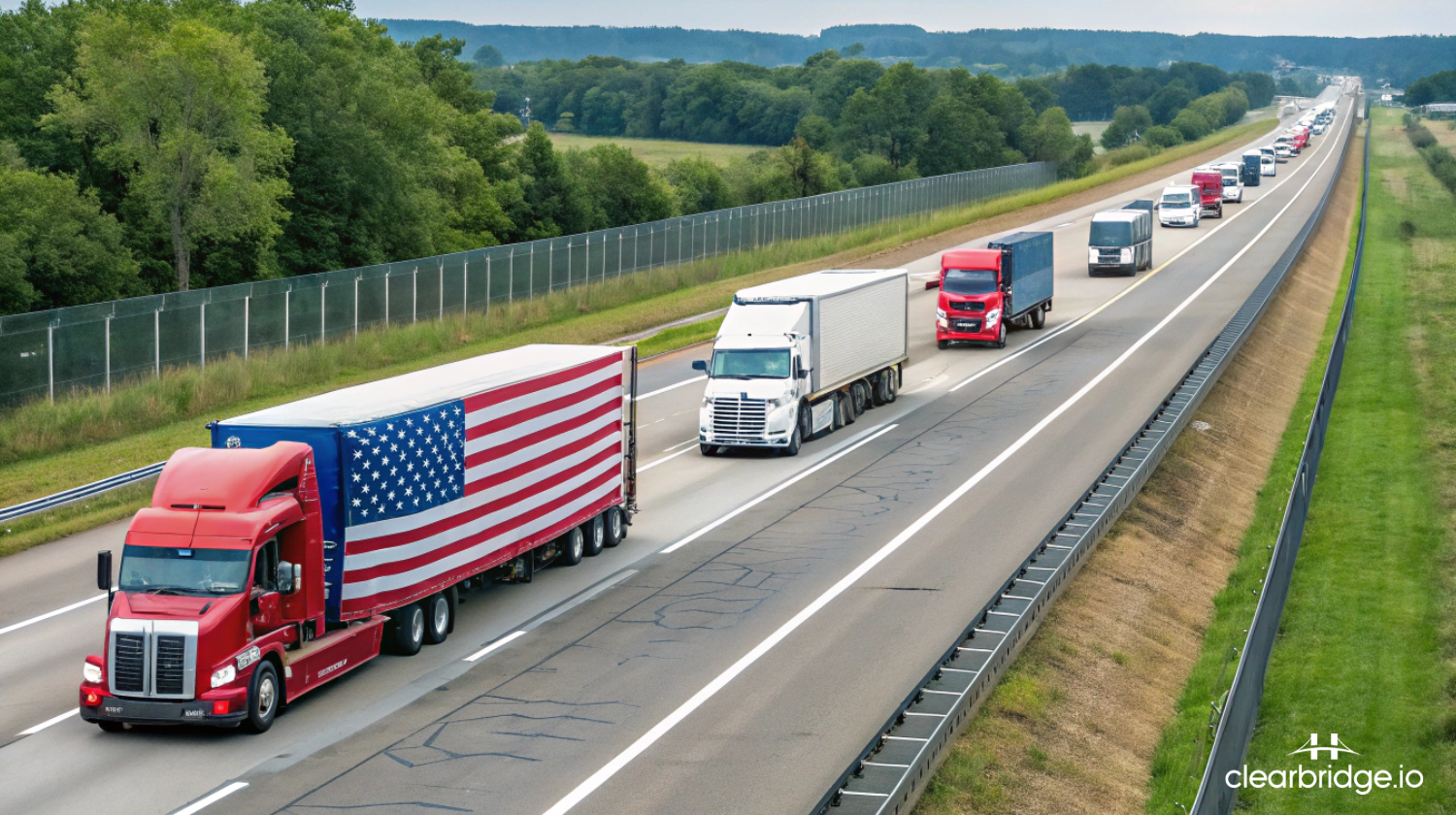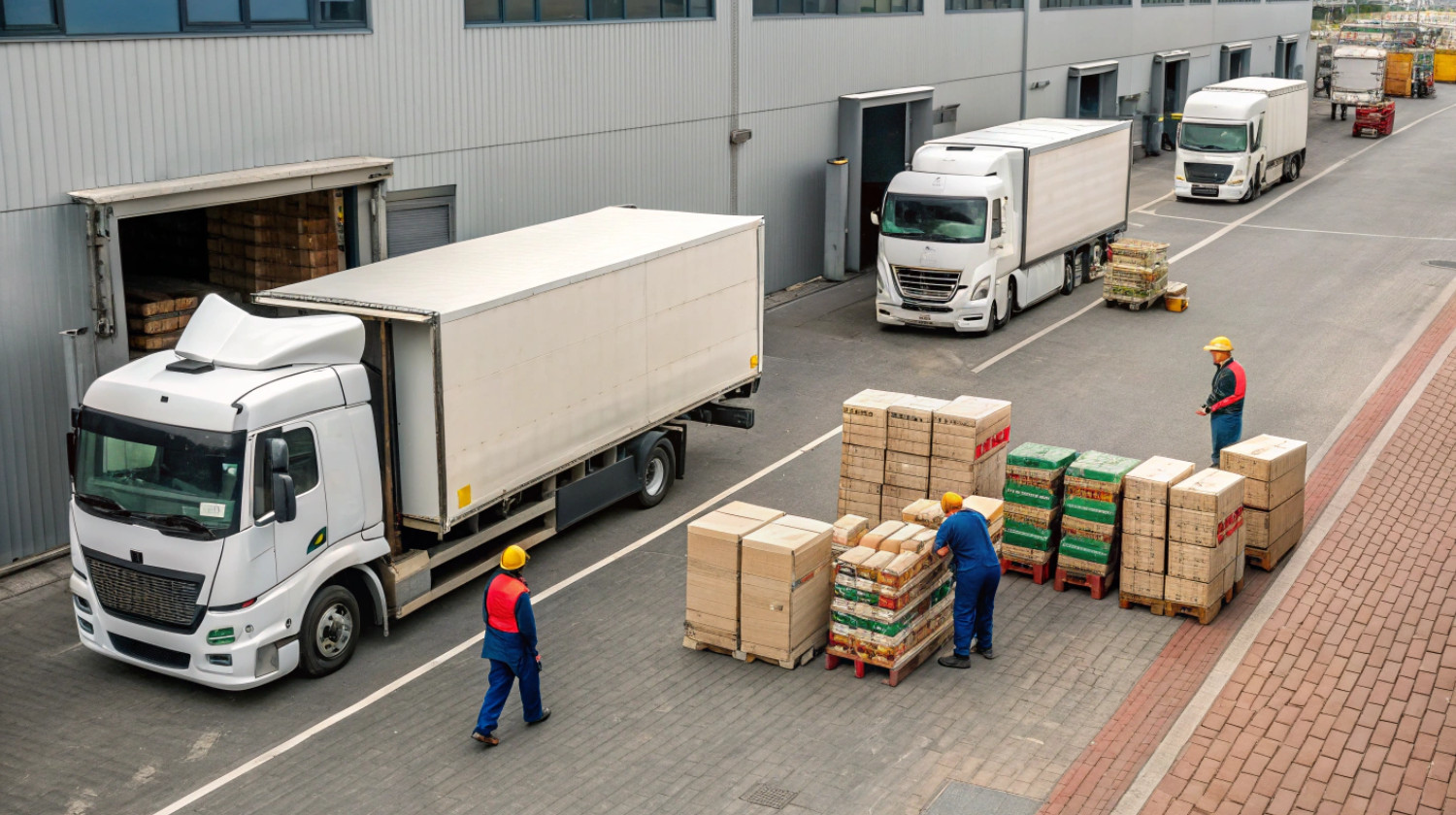If you’re still using a Legacy Transportation Management System (TMS), you’re likely losing money—and not just from inefficiencies.
Outdated platforms are holding back your freight operations, increasing your operating costs, and preventing your team from making data-driven decisions.
In today’s competitive logistics landscape, modernizing your TMS isn’t just an upgrade—it’s a strategic move that pays for itself.
The Hidden Costs of Legacy TMS Platforms
Legacy systems were built for a different era. They were once cutting-edge, but now they often require expensive hardware, rely on manual processes, and lack real-time visibility. Here’s where the real costs add up:
Manual Workarounds: Staff spend too much time re-entering data between disconnected systems—wasting hours and increasing the risk of human error.
Limited Integration: Older platforms struggle to connect with ELDs, ERPs, CRMs, or carrier APIs, forcing you to operate in silos.
Poor Visibility: Without real-time tracking and automated alerts, you’re left guessing when loads will arrive, leading to customer dissatisfaction and missed SLAs.
Security Risks: Many older systems aren’t built to handle today’s cybersecurity threats, leaving your data exposed.
High Maintenance Costs: Supporting legacy software and hardware can be expensive—especially when fewer technicians understand the outdated infrastructure.
What a Modern TMS with IT Integration Looks Like
Today’s TMS platforms are built to be flexible, scalable, and cloud-based—designed to work alongside your entire tech stack. When paired with expert IT integration, here’s what’s possible:
End-to-End Automation: Eliminate manual entry and automate scheduling, routing, billing, and reporting.
Real-Time Data Sync: Your TMS talks directly to your ELDs, telematics systems, and warehouse tools, giving dispatchers and drivers accurate, real-time information.
Cloud-Based Accessibility: Access your system from anywhere—whether you’re in the office or on the road.
Analytics & Optimization: Identify cost-saving opportunities in routes, fuel spend, and load planning using smart analytics.
Scalable for Growth: Add new lanes, services, or carriers without a major system overhaul.
Why It Matters in Washington State
The Pacific Northwest is a strategic freight corridor, especially for cross-border shipping and last-mile logistics. From Seattle to Spokane, transportation companies face growing demand and tighter delivery expectations. If your TMS can’t keep up, competitors with more agile systems will.
Clearbridge helps transportation and logistics companies in Washington modernize their operations with smart IT strategy and seamless TMS integration. Whether you’re upgrading an existing platform or moving to something entirely new, we ensure your systems talk to each other, your data is secure, and your team can focus on moving freight—not fighting with software.
Ready to See What a Modern TMS Can Do?
Talk to us today about upgrading your Transportation Management System. Let’s make your freight ops faster, smarter, and more cost-effective.





